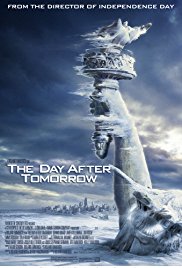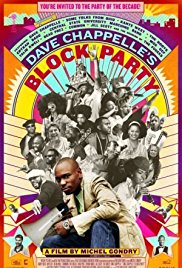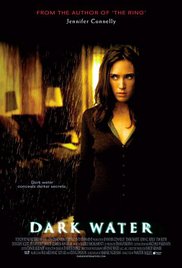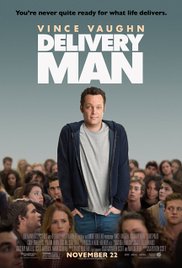 It’s easy to see why Touchstone wanted to make “Delivery Man.” It has a ton of heart, and it honors the bonds and the importance of family. The catch is that it is an indie script through and through – though a flawed one at that – and the big-budget touches they add to it, namely Vaughn doing that ‘look Ma no hands’ thing that he does, do not serve the material. Despite the outrageousness of the plot, it’s an intimate movie. A smaller scale would have worked wonders, but only to a point.
It’s easy to see why Touchstone wanted to make “Delivery Man.” It has a ton of heart, and it honors the bonds and the importance of family. The catch is that it is an indie script through and through – though a flawed one at that – and the big-budget touches they add to it, namely Vaughn doing that ‘look Ma no hands’ thing that he does, do not serve the material. Despite the outrageousness of the plot, it’s an intimate movie. A smaller scale would have worked wonders, but only to a point.
David Wozniak (Vaughn) is a terminable screw-up. He delivers meat for the butcher shop his father runs, and he is always late, always racking up parking tickets, and completely unreliable. (Also, he owes a loan shark $80,000, as if he weren’t already in enough trouble.) In the span of 24 hours, he discovers that his policewoman girlfriend Emma (Cobie Smulders) is pregnant, and that as a result of nearly 700 donations to a sperm bank when he was in his 20s, he is the father of 533 children. One hundred forty-two of these children want to meet him, and have filed a class action suit against the sperm bank to reveal his identity (he signed all of the documents under the name Starbuck). His lawyer friend Brett (Chris Pratt) takes the case, and gives David an envelope containing profiles of the 142 plaintiffs. Against Brett’s advice, David visits some of his kids anonymously, and tries to help them any way he can. When he sees the good fortune that his kindness provides, David’s life has purpose for the first time, but remaining anonymous quickly proves to be difficult.
Don’t let the trailers fool you: this is not some broad, wacky comedy, even if it’s based on a premise involving a sperm bank. David is essentially coming face to face with people who possess exaggerated amounts of his best and worst qualities (one’s a professional basketball player, one’s a junkie), and learning a hell of a lot about himself in the process. There are moments of levity here and there, but this is much more of a drama than it is a comedy, and it should be. To make too many jokes about this premise would be missing the point.
And what, then, of the parents who raised these kids? They are not spoken of once, and while including them as characters would admittedly bog down the plot, a simple line of dialogue acknowledging their existence and sacrifice would have been nice. There is also the matter of Ryan, the severely disabled participant in the lawsuit. The boy can’t speak, never mind write. How, then, did he give his consent to participate in the lawsuit? That may sound like splitting hairs, but it doesn’t make any sense from a logical standpoint. He’s basically there to manipulate the audience, and while it works, it’s a cheat.
You can see why they wanted Vaughn to play David. He’s a very likable guy, and David is equally as likable. Had they kept Vaughn properly restrained, he may have delivered exactly what the role required. As it is, they gave him too much rope, and the movie suffers because of it. Vaughn is an inherently funny guy, but there is nothing inherently funny about the plot. I’m going to chalk this up to director Ken Scott, who wrote and directed the 2011 film “Starbuck” upon which this film is based, not feeling as though he had the clout to tell Vince Vaughn to take it down a notch. Or worse, he was getting notes from the studio execs to let Vince run wild. Either way, it wasn’t the right call. Also, Smulders is wasted as the girlfriend. She’s the most important person in his life, and she’s treated as an afterthought.
“Delivery Man” has its good points and bad points, but the one thing I kept asking myself when it ended was, who is the audience for this movie? Vince Vaughn fans will most likely be disappointed because it’s not as unleashed as his other work, and indie film fans who would otherwise flock to see this movie will instead skip it because it was made by a major and it stars Vince Vaughn. Neither group is right and neither group is wrong, but both sides shed light on why this version of “Delivery Man” doesn’t work, but that the material has the potential to be something much, much greater.
 (2.5 / 5)
(2.5 / 5)




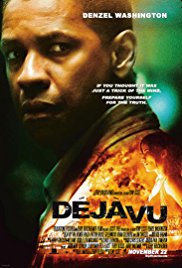
 (3 / 5)
(3 / 5)


 (2 / 5)
(2 / 5)


 (3.5 / 5)
(3.5 / 5)
